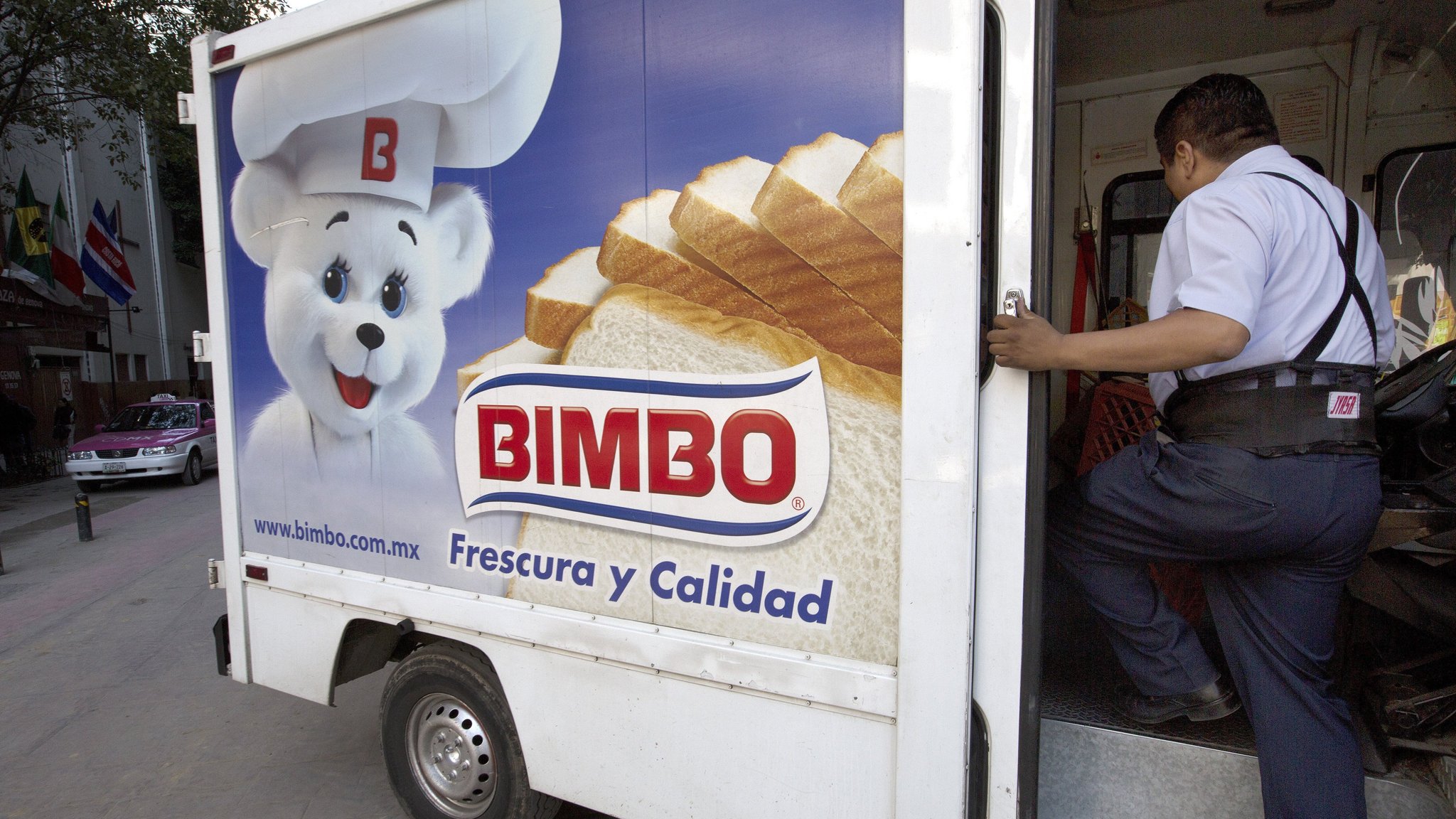ImpactAlpha, March 19 — It took seven years of effort, but Grupo Bimbo, the global bakery giant, is making its first impact investment.
Mexico City-based Bimbo, which drives about $15 billion in annual sales with such iconic brands as Sara Lee, Oroweat and Entenmann’s, is the anchor investor in the Latin America Impact Fund managed by Sonen Capital along with Fondo de Fondos, a Mexican private-equity manager.
“Impact will and should be relevant in the mind of portfolio managers and institutional investors globally. It must,” Tania Dib, Bimbo’s corporate treasurer, told ImpactAlpha. “We hope that we can make the impact ecosystem stronger and much more known by helping make the LatAm Impact Fund a success.”
Bimbo has committed its employee pension fund to provide the first 10% of financing for the “LatAm Impact Fund,” which is seeking to raise between $75 million and $150 million in a fund of funds. Sonen’s Raúl Pomares declined to comment, citing regulatory compliance issues, as did Ana Laura Fernández of Fondo de Fondos.
The Latin America Venture Capital Association reports that impact capital deployed by local Latin American investors doubled to $193m in 2016-17, from $95m in 2014-15. ImpactAlpha reported last month on a second wave of impact funds in the region, and second funds raised or in progress from firms including Adobe Capital in Mexico, Vox Capital in Brazil and Inverso in Colombia. TPG Growth’s Rise Fund invested in Digital House, an edtech startup in Argentina. Partners Group’s PG Impact is backing Shared-X, a Peruvian agribusiness company.
“It’s very exciting to promote the development of impact investing in Latin America because it is a very recent concept that needs to be in the mind of every investor nowadays,” Dib said.
Second wave – and second funds – for Latin America impact fund managers
Dib said Bimbo’s corporate commitment to sustainability made impact investing a natural extension, as does the the match between long-term investments and long-term pension liabilities. “The impact landscape suits very well with pensions liabilities becauseof their similarities in term and in expected returns,” she said.
Still, Dib said it was a long process to get agreement to deploy pension fund assets to an impact fund. Because “this type of investment is still not well developed and is new to the environment, it is difficult to bring it to the table,” she said in an email exchange. Investing in more traditional assets or portfolios are considered to be less risky and more familiar. “I think this is a paradigm that we need to break. It took us seven years,” she wrote.
She said key to her argument was Sonen’s commitment to deliver a detailed impact report on the fund’s investments. Also important is Fondo de Fondos role as a sub-advisor. Though not an experienced impact investor, “They have proved to be a relevant player in the ecosystem of medium and small enterprises in the region,” Dib said.
“The main obstacle was to settle the definition of impact. It wasn’t easy for everybody to understand that good returns can go hand in hand with impact,” she said. She said impact investments raise the risks for Bimbo’s portfolio managers.
“With traditional investments we can justify underperformance when markets conditions are difficult,” she said. “But with alternative investments you must feel very comfortable that you are choosing the right partners and the correct long-term path.”
50 deals that signal a growing impact investing market in Latin America











